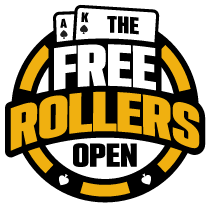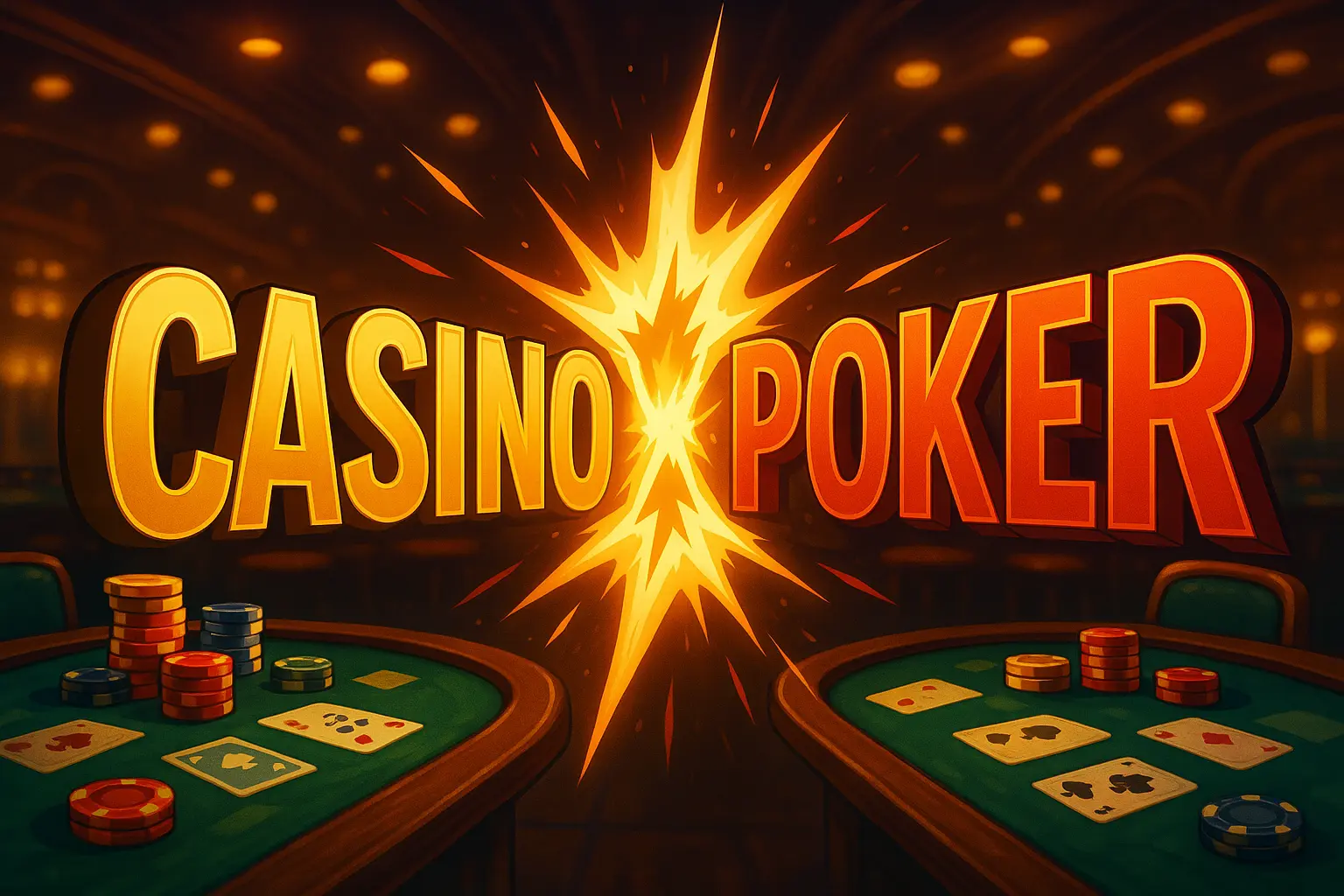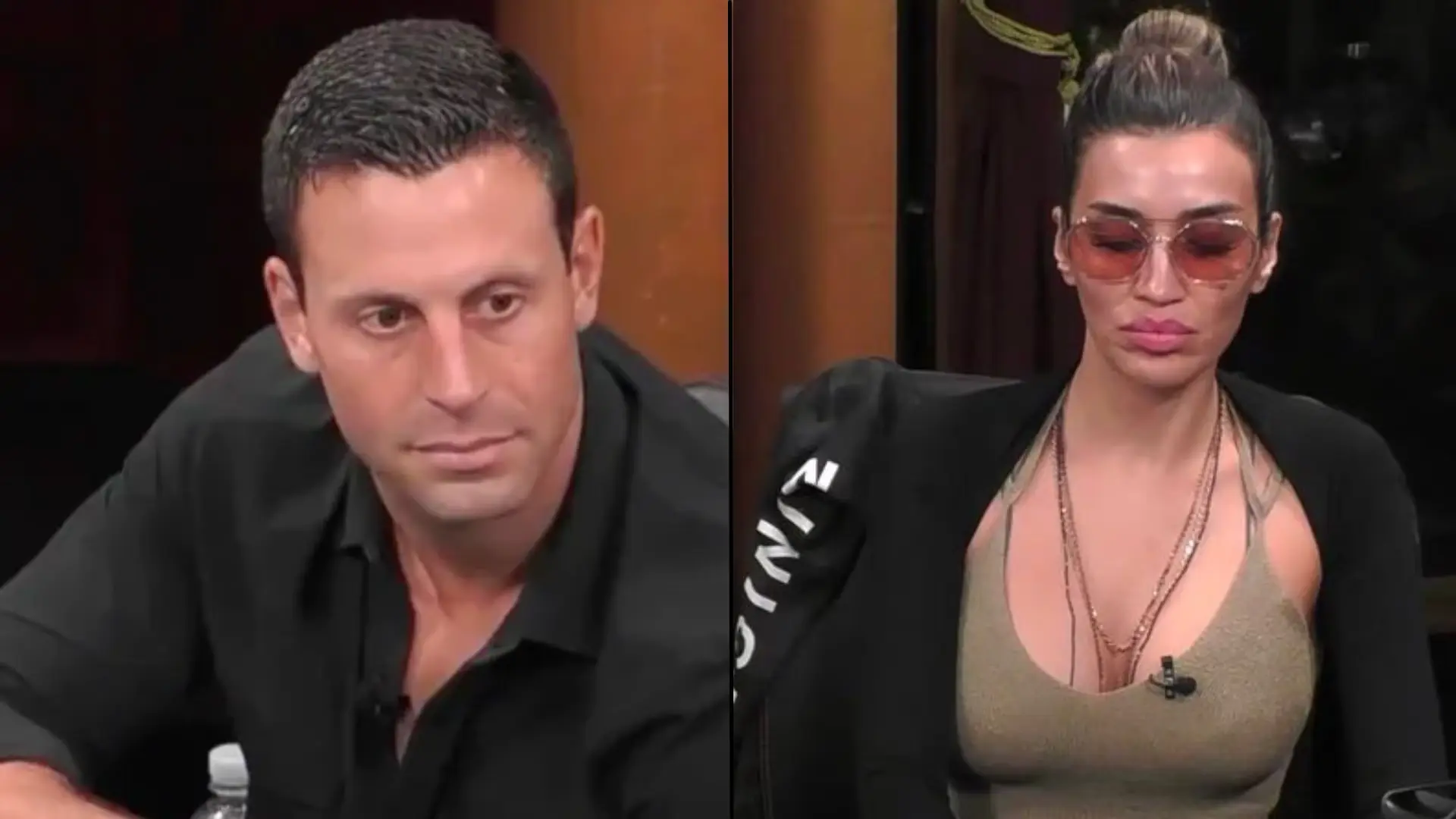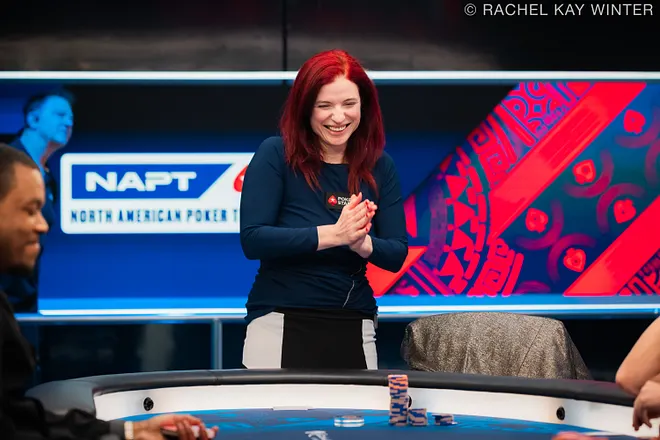What Can GTO Poker Do for Your Game?
It’s hard these days to play poker and not come across the term GTO, or “Game Theory Optimal”. While the name may sound a bit nerdy, it’s a cool and practical way to think about the game. Let’s discuss what it is, how it’s used and touch a bit on how to get started.
What is GTO?
For starters, let’s replace the term GTO with Poker Theory, or Theory in short, and speak in layman’s terms. To play “theoretically correct” poker is to play flawlessly, without making any mistakes. The mistake in this context refers to making a decision that would lose you money in the long run. If you played the same spot over and over again, across all possible runouts and opponent’s decisions, then theoretically optimal moves against a perfectly skilled opponent would make you the most money overall.
Now, in real life, we don’t play the same spot over and over again, and we certainly don’t play against perfectly skilled opponents. In fact, our opponents will be making “mistakes” all the time - not raising enough, or raising wrong hands; not bluffing enough, or bluffing too much; calling too light or folding too tight, and so on. The “theory” actually gives us a way to determine how to exploit their mistakes in the most optimal way.
The Catch
The catch: you have to have precise and correct assumptions on how your opponents are making mistakes in order to have theoretically perfect exploits! And that’s hard, both in theory and in practice. Well, poker is a hard game, that’s what makes it so much fun, right? If we can learn how to take a simplified theoretical model of mistake-free play for both sides - and then adjust on the fly to accommodate additional data we amass about our opponent’s tendencies and mistakes, we can play very good, fun and profitable poker!
That’s the premise of GTO, in a nutshell. It offers a set of tools to study theoretical ideas, discover patterns of decision making that repeat themselves across many different spots, and adjust your decisions based on information about your opponent’s tendencies.
What is an Example of Game Theory in Poker?
A good place to start exploring poker theory is the preflop play. Imagine you are on a Big Blind, at 30bb deep in an early stage of the tournament, facing a raise from the Button. In theory, GTO tools will give you a precise set of ranges that look like this:
Presented by:
Button is raising half of its holdings, including K6o and T4s. In response, as the Big Blind, we only fold 10% of our range, raise 10% including some pretty mediocre holdings (A2o/Q4o/T7o) and jam every pair under TT along with our best offsuit Ax. In response to our jam, Button calls every pair 44+, every A8o+ and A7s+, and the best broadways.
But How does this Work in Real Life?
Game theory is centered around the notion of equilibrium. If everyone plays perfectly, then no one has an edge. However, poker players are humans and thus make mistakes, even the best of them! When our opponents make mistakes - by departing from the equilibrium in some direction, we exploit them by adjusting our play in the opposite direction. This is where the edge comes from in poker.
In the examples we just looked at, If our opponent on the Button opens a lot tighter, then we need to fold way more in Big Blind! Likewise, if our opponent will not defend against the raises and jams enough, we should consider raising more frequently.
Game theory helps us conceptualize poker as a game of knowledge, information and exploits. We use the power of observation to identify our opponent’s tendencies and adjust our play away from the equilibrium play to exploit their mistakes.
Am I Supposed to Memorize all These Ranges and Strategies?
The point of studying poker theory is not to memorize random bits of information, like ranges and strategies in specific spots. Instead, we look for patterns and ideas that repeat themselves, and try to understand why and how they work. As the bank of our strategic insights grows, the exact ranges, bet sizings and strategies become self-evident. For example, when we look at the Big Blind response in the previous scenario, facing Button raised 30 big blinds deep, how are we supposed to memorize to jam all pairs and A5o, but not A4o or A6o?
Well, let’s try to expand the context and see how the Big Blind response changes depending on which position opened and how deep we are playing.
Presented by:
Here, we compare Big Blind responses to an Early Position open (UTG-8) vs. Late Position open (Button) at 50 and 30 big blinds. We can immediately see that at 50bb, UTG-8 opens tighter than at 30bb, but Button opens wider! In response, Big Blind calls wider vs. UTG-8 at 30bb when it’s shallower. And against the Button, at 50bb still Big Blind folds around 20% and raises 16% while at 30bb, it folds only 10%, raises less with the best hands and shoves the worst hands that would be raising when deeper.
Now we are starting to see patterns everywhere!
- The later is the position, the wider it opens;
- Blinds defend wider vs. a late opener and tighter vs. an early opener;
- The shallower the stacks, the more willing we are to get it in.
As we look at more spots over time, these ideas become very intuitive and proper strategies emerge without having to memorize them. The more we understand these ideas, the more we apply them in the game. Which allows us to check the theoretical ideas against the hands we’ve played in practice afterwards, thus creating a productive learning cycle that makes us a much better poker player, fast!
What are the Best Apps for GTO Poker?
There are many cloud-based poker theory tools on the market addressing various aspects of GTO, as well as an ever-growing number of training sites. Here are some of my favorites:
- GTO Wizard: The most popular GTO strategy tool on the market today, with the most complete array of GTO features;
- Octopi Poker: A new startup that launched earlier this year, developed by a team of elite poker players and technologists that include Andrew “LuckyChewy” Lichtenberger, Stevie Chidwick and, in full disclosure, myself. We aim to build the most engaging, approachable, affordable and social platform for poker study;
- RunItOnce: Premiere poker coaching content site with poker lectures and courses presented by the leading elite players, founded and led by the legendary Phil Galfond.
How to Get Started with GTO?
There is a great amount of content on the Internet, free and paid, explaining GTO concepts. I’d like to recommend a couple of free videos put together by Andrew “LuckyChewy” Lichtenberger specifically for people that are starting their journey into theoretical poker study:
- Octopi Vision: How to Study Poker: a series of 10 Youtube videos on the theory and practice of how to study poker, totalling 90 minutes;
- The Beginner’s Guide to a Simple Philosophy of Poker: presents 4 pillars and 10 axioms of poker as a way of introduction to poker strategy.





Comments